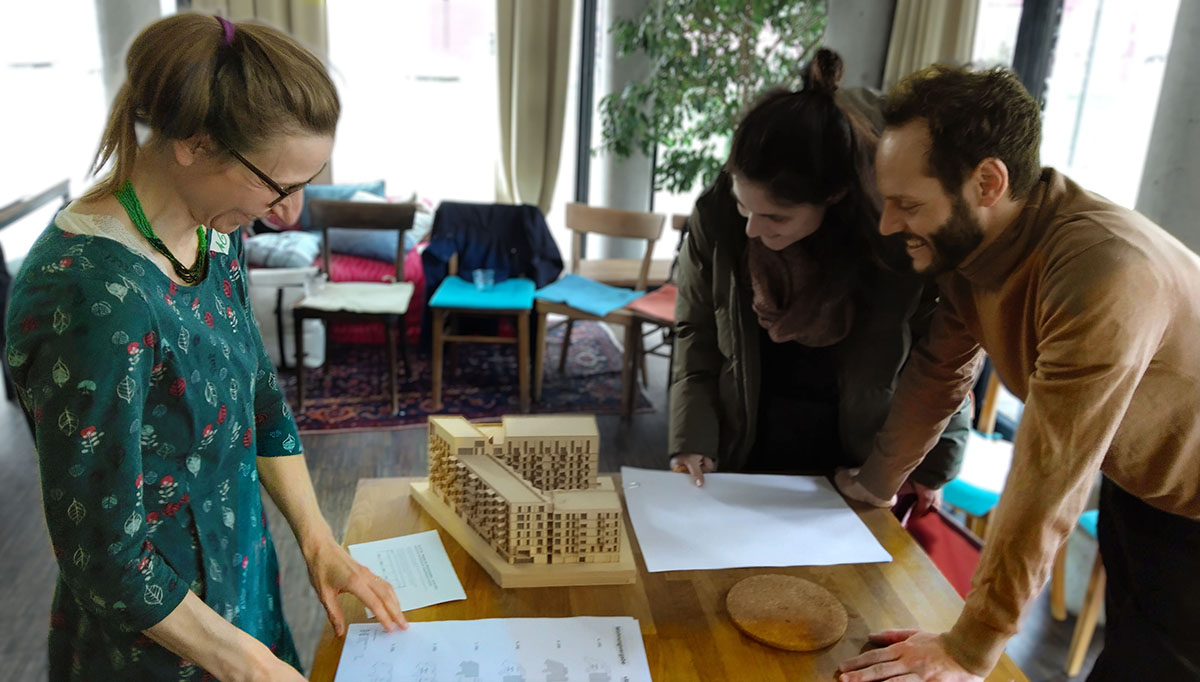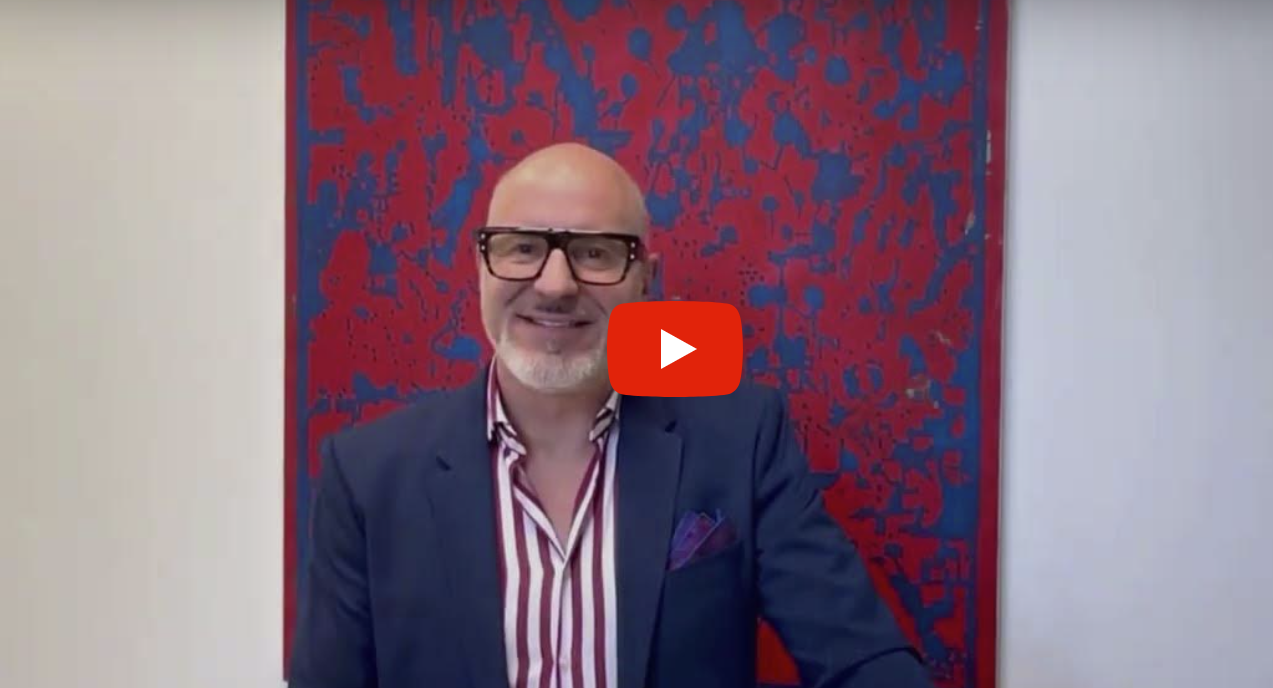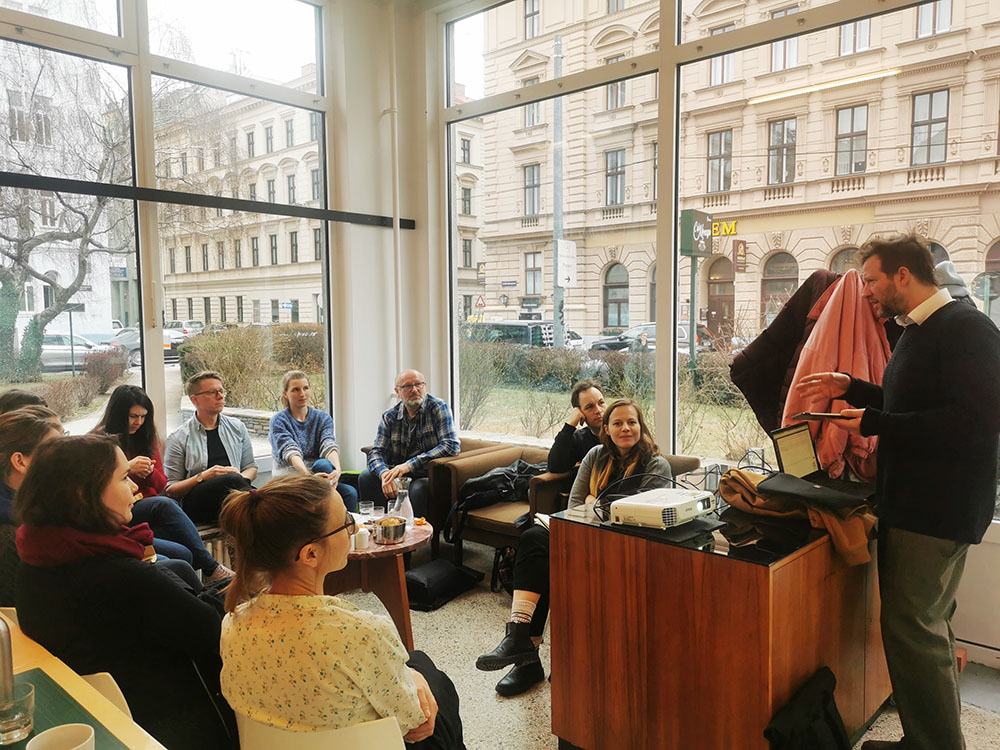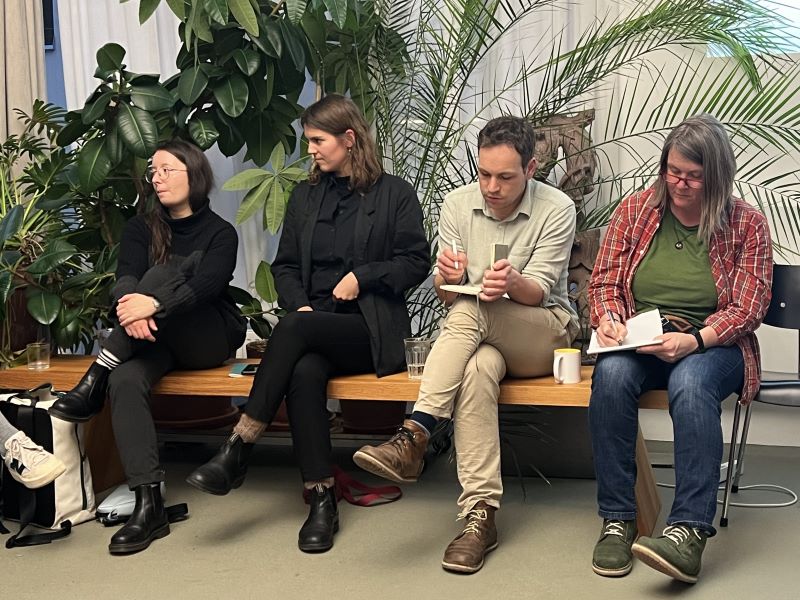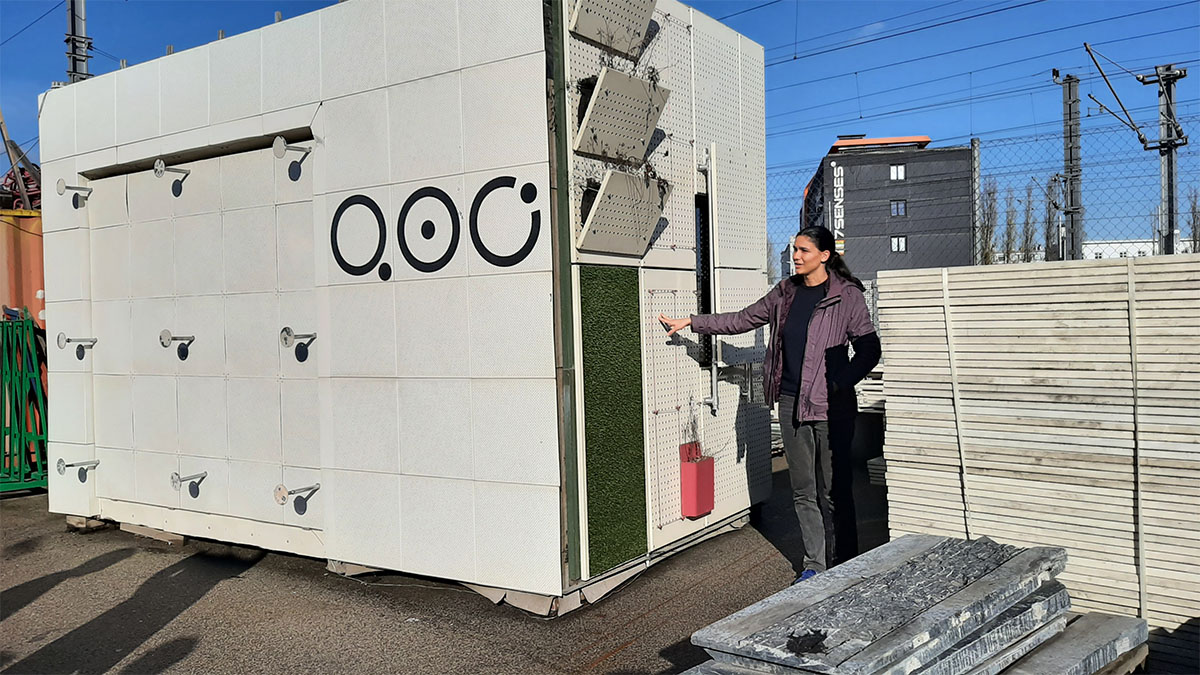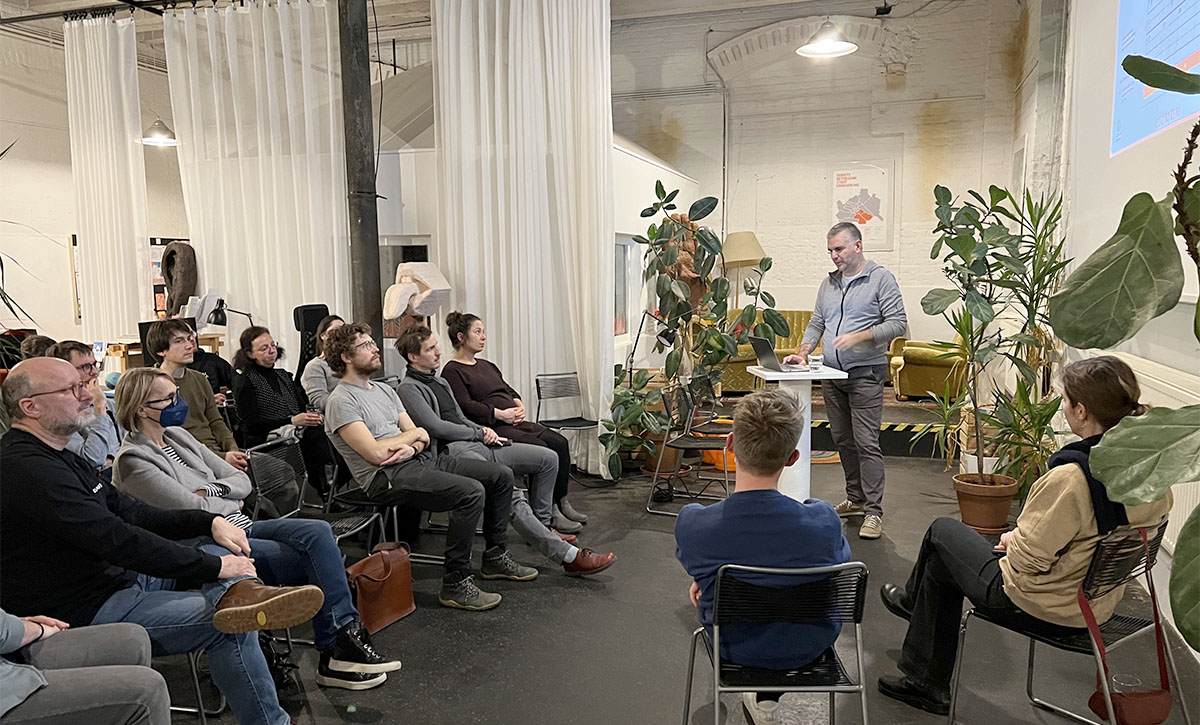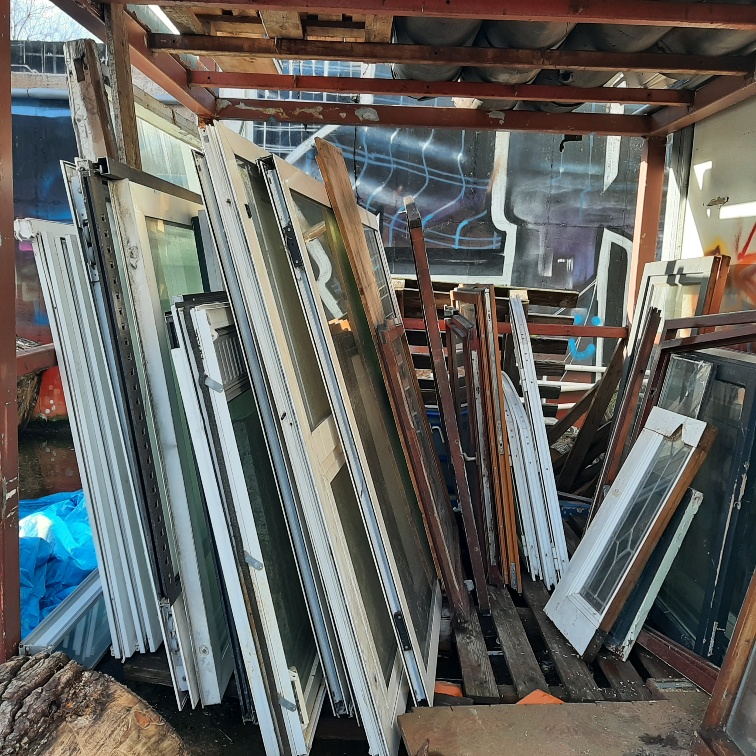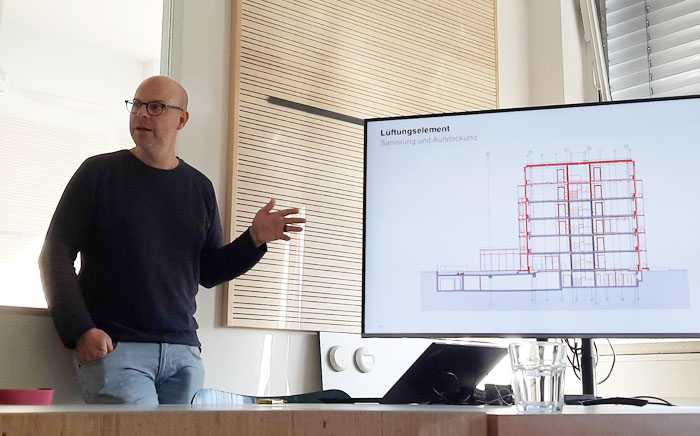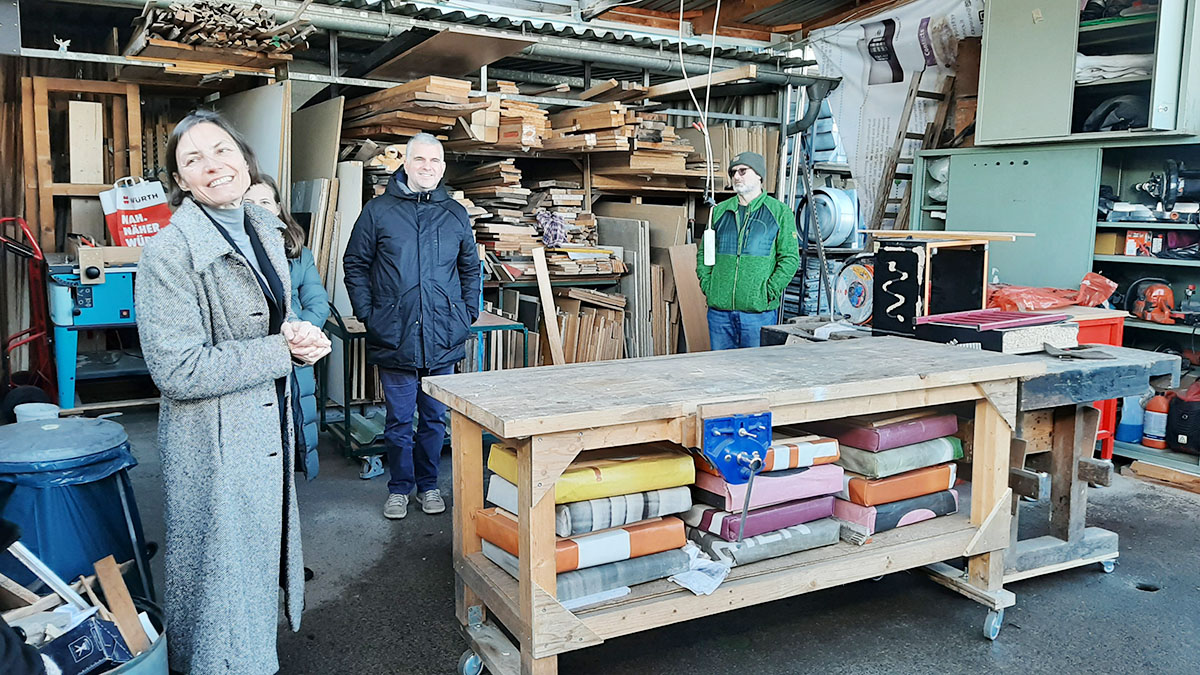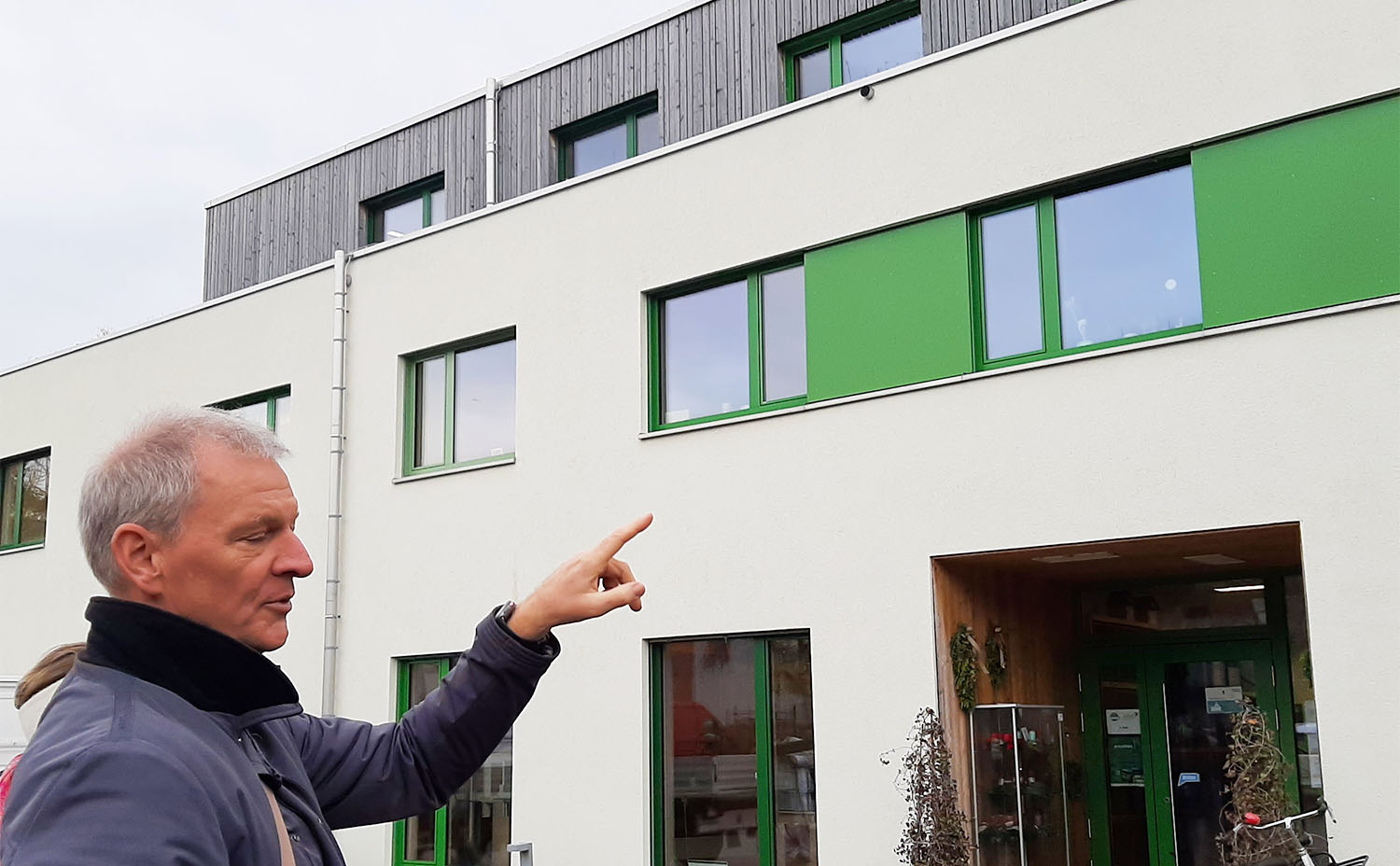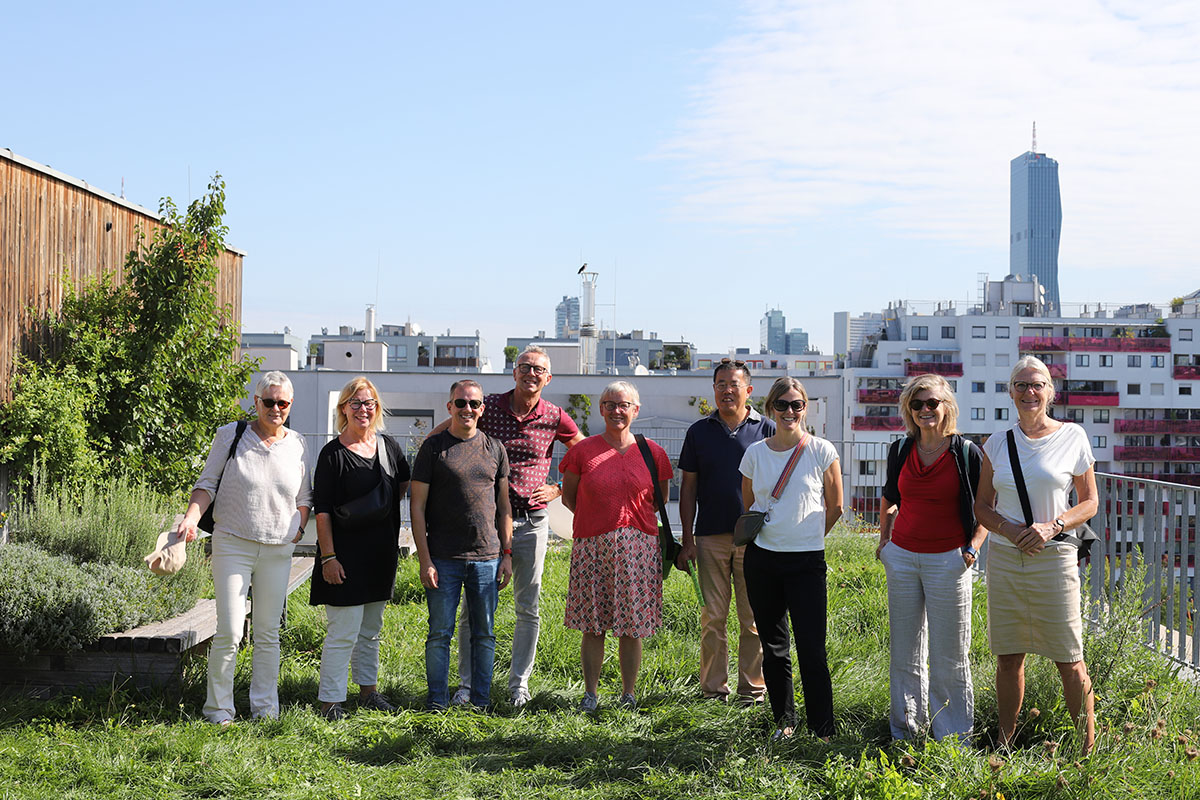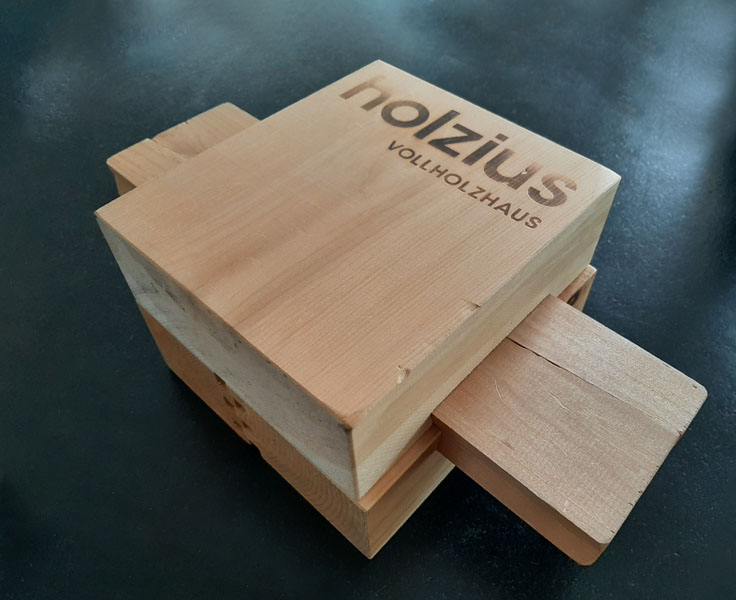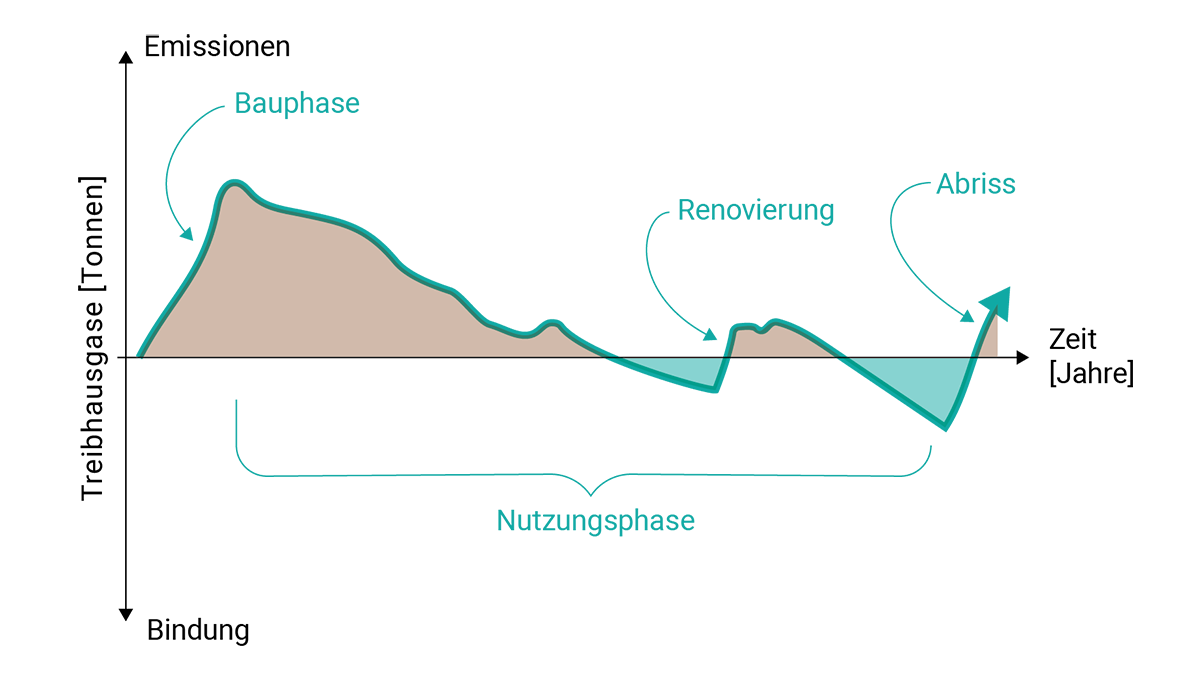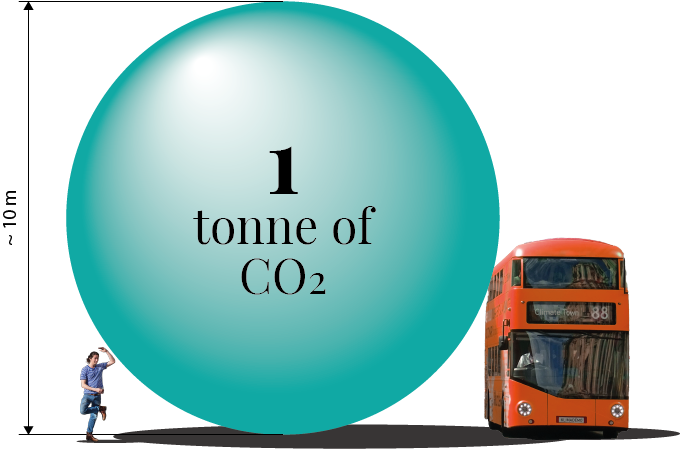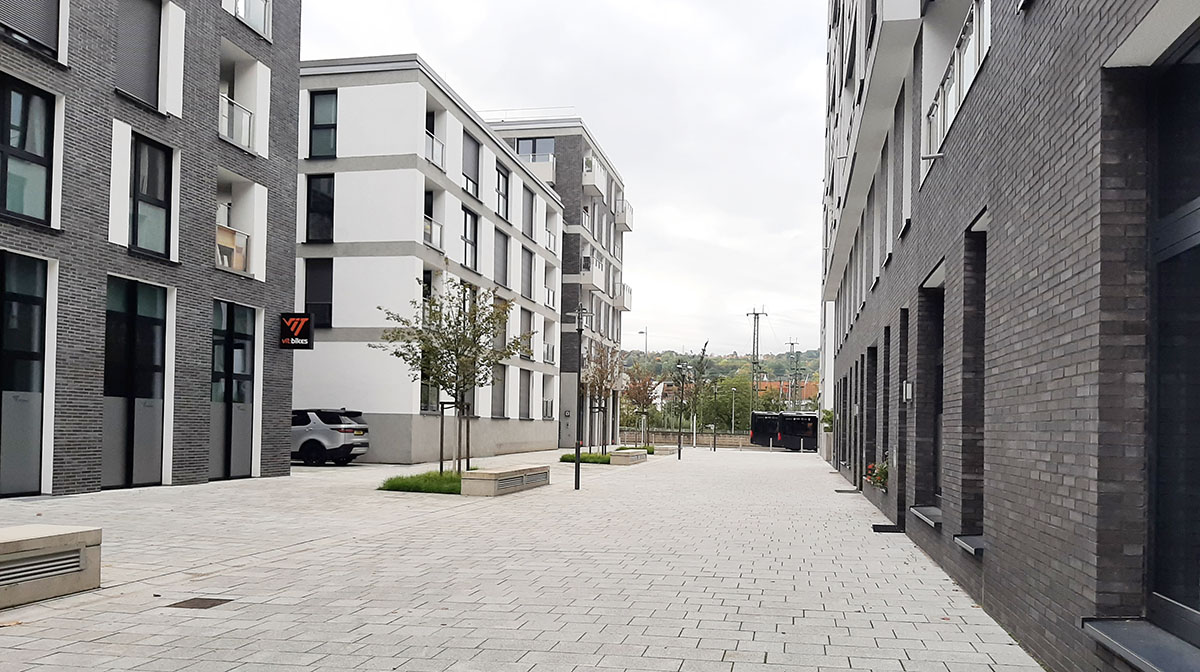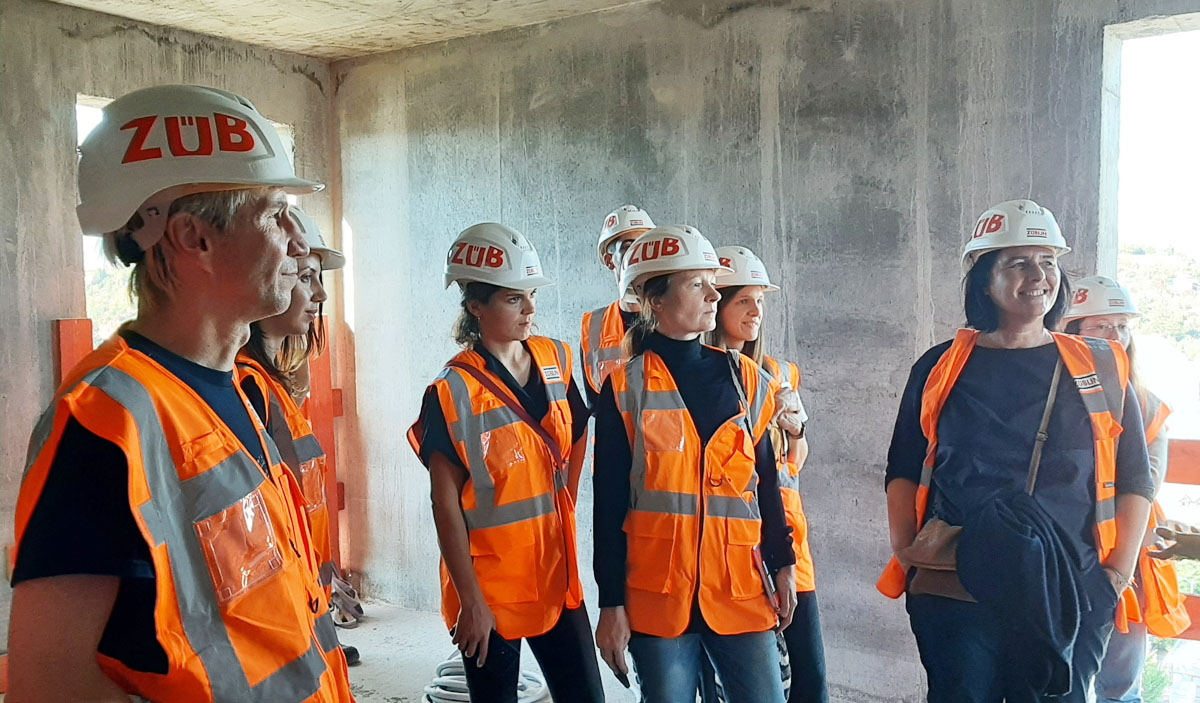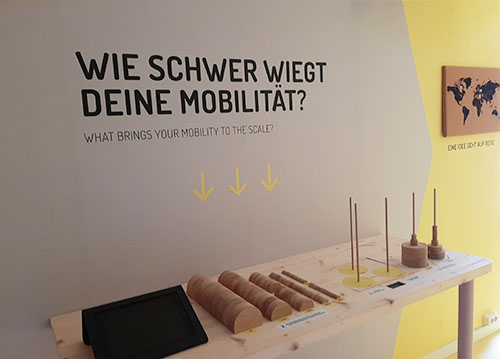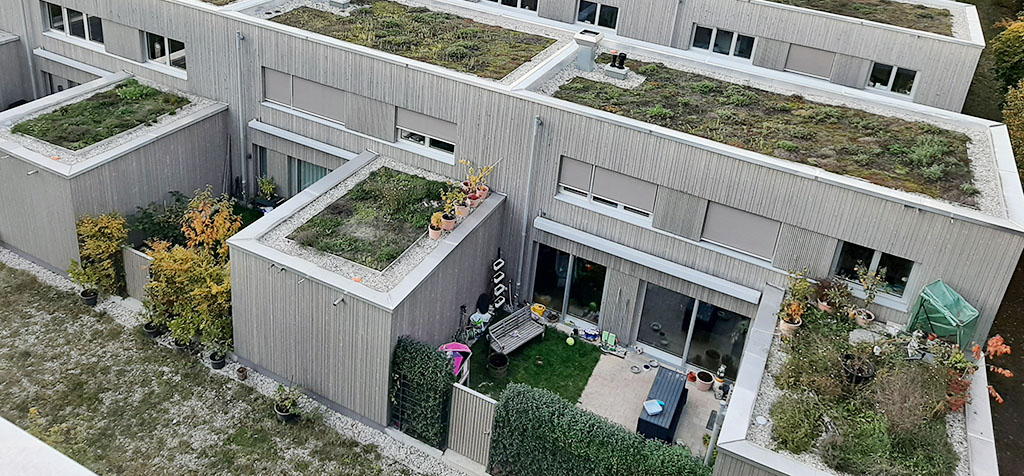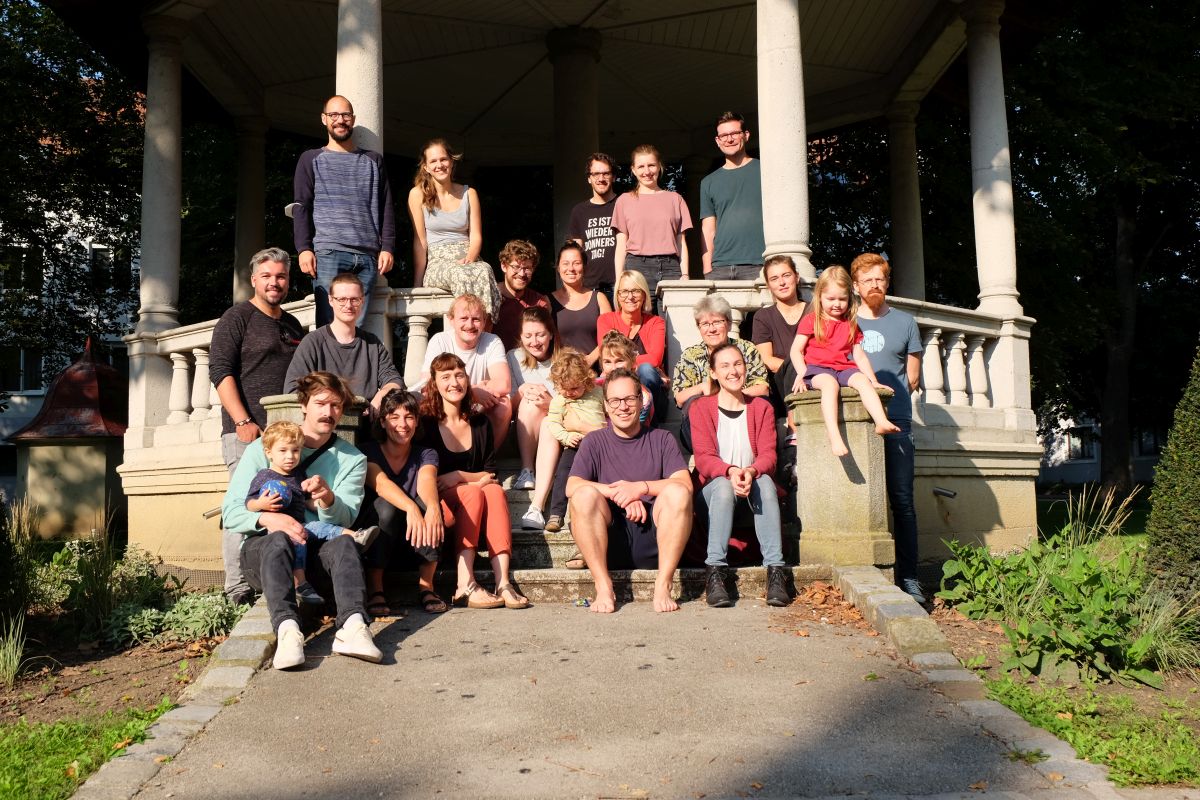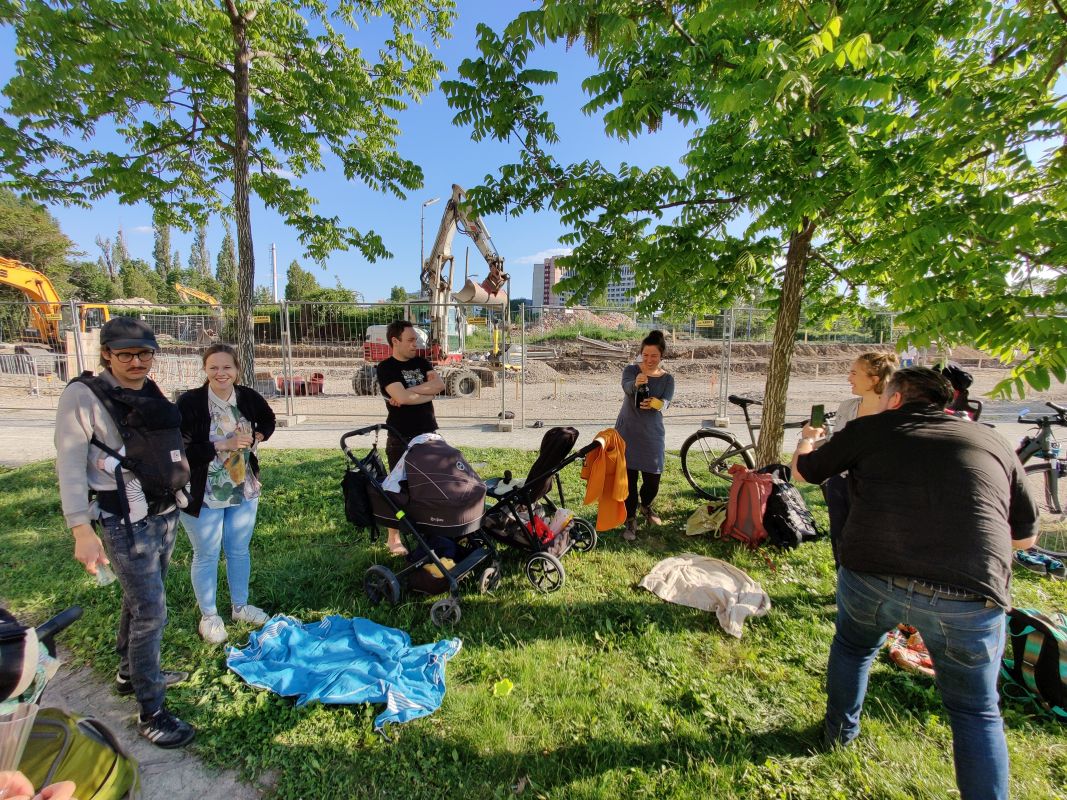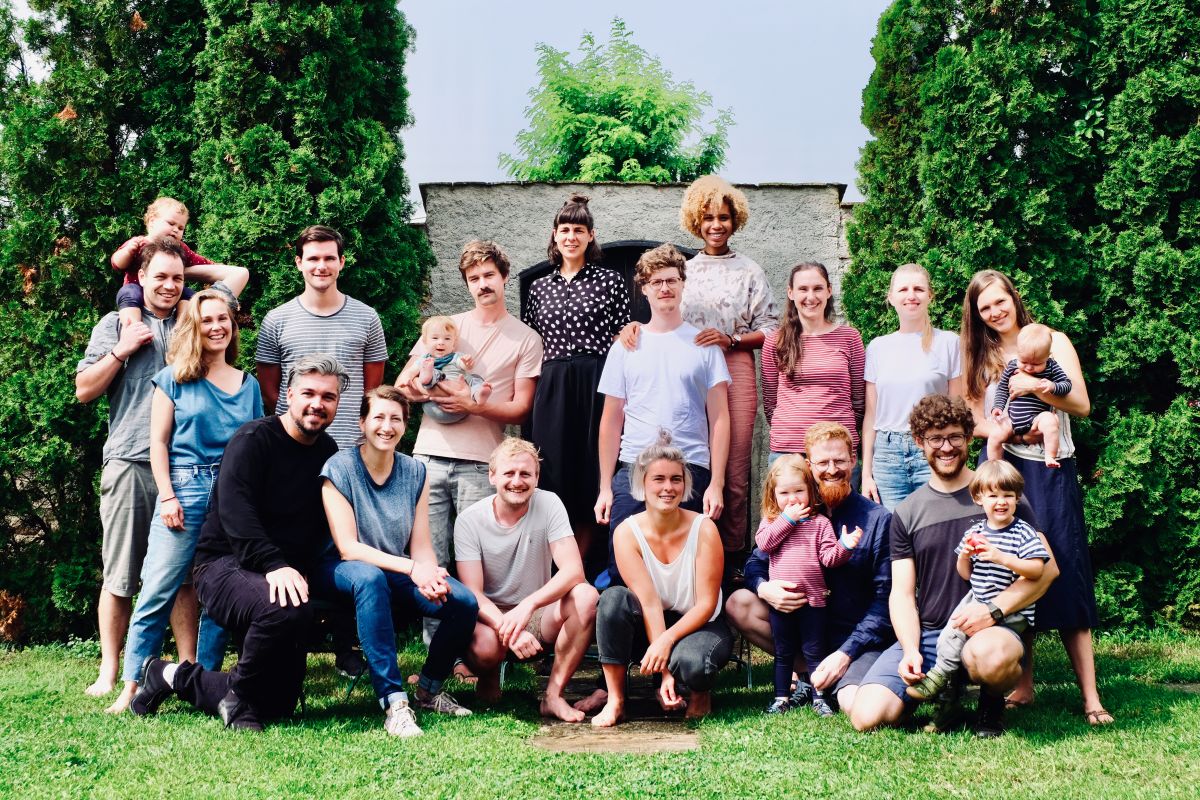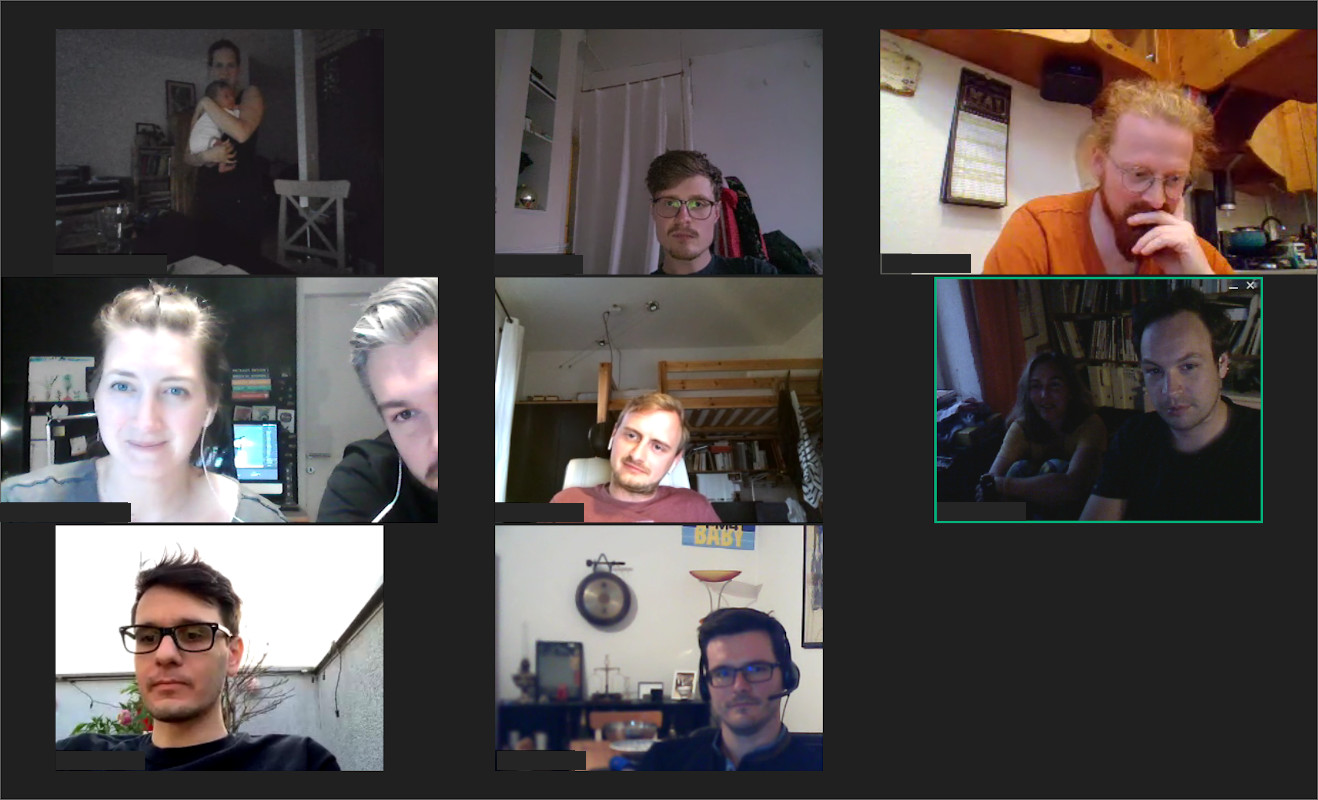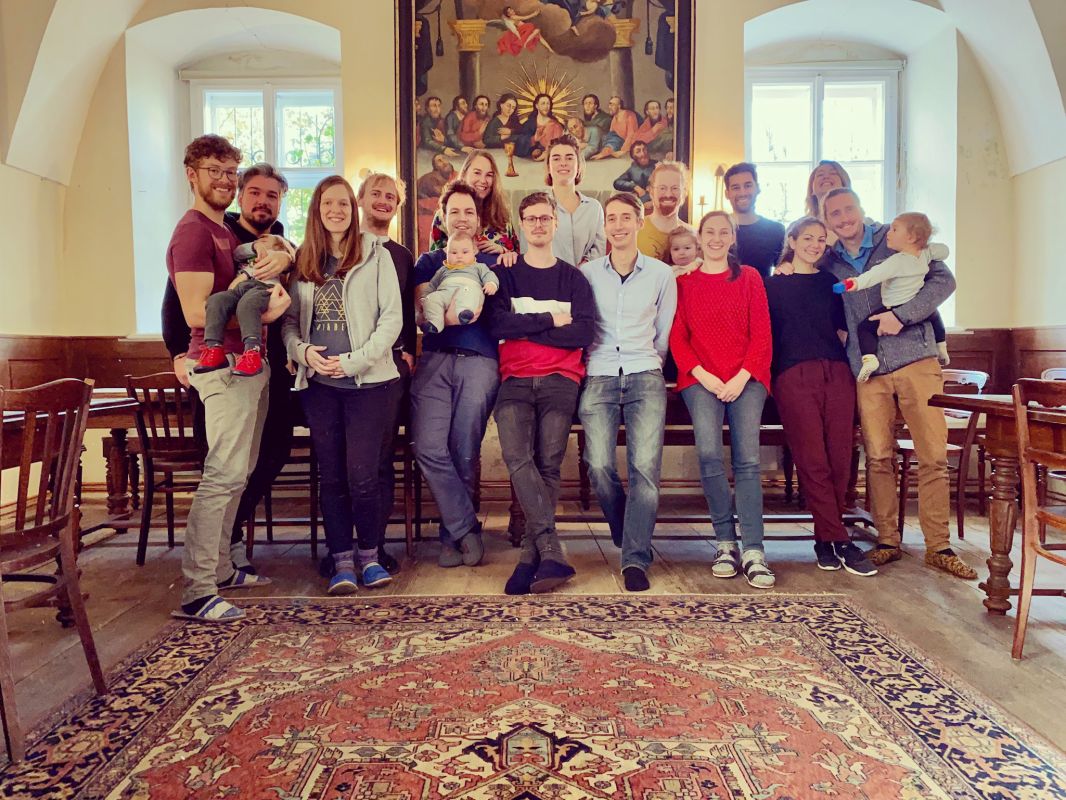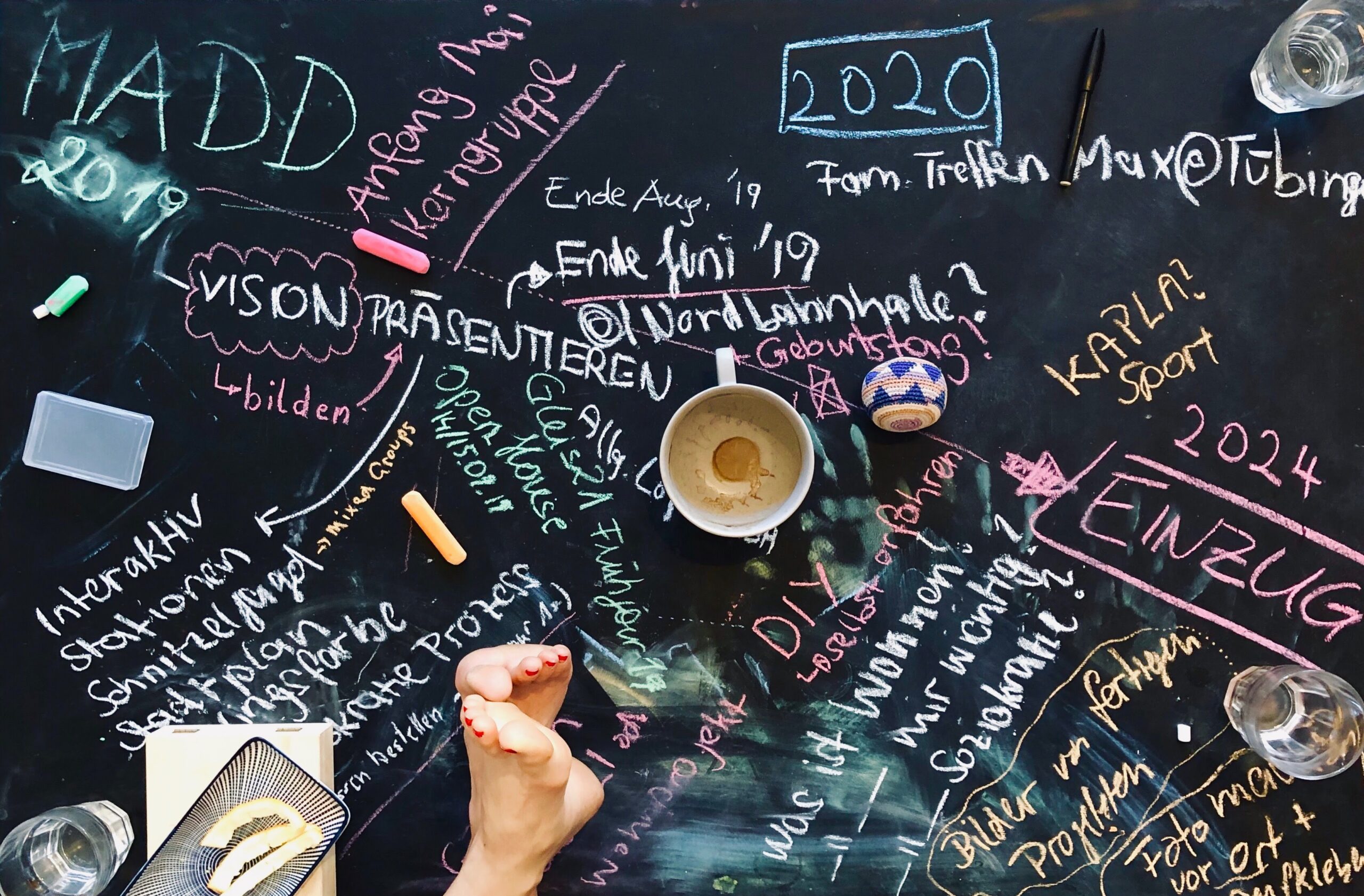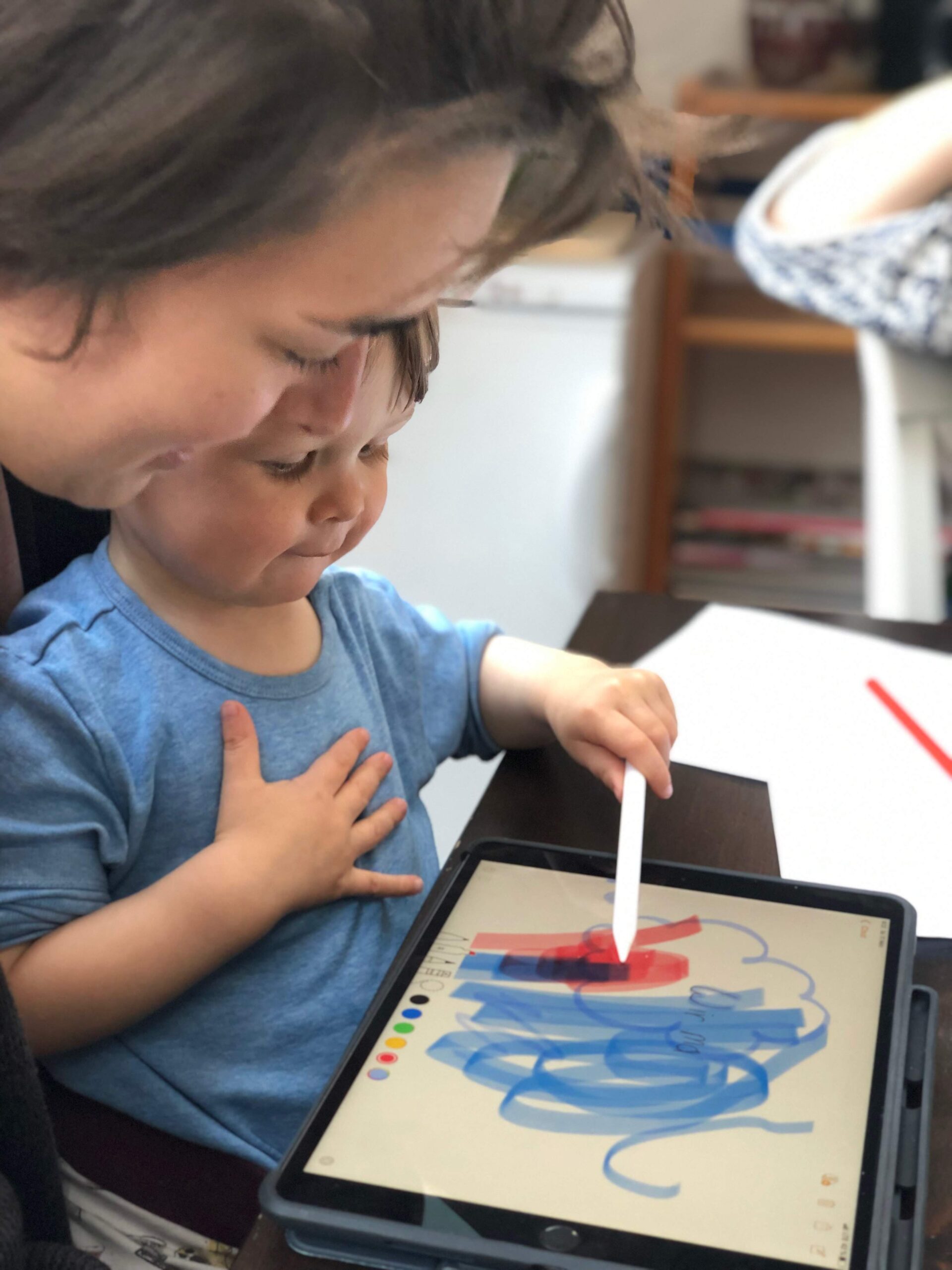Applying biobased materials
What we learned at the House of Learning
In our research project we look at four main topics. They correspond to four of our five objectives (the first, overall objective, being the realization of the Vis-à-Vis building). The other objectives look into the aspects Climate neutrality, Participatory design, Energy Planning and Planning and optimizing the Materials.
With regard to the materials, we have already decided on using a wood construction. That is just the skeleton of the building. Of course many other materials are applied that affect the climate. Partition walls, insulation, ceilings, coatings, … There are many choices where price, quality, practicality and climate must be compared. Spoiler alert: most architects do not come up with bio-based materials as their first choice, even if they make a huge difference in climate neutrality.
It really is a shame because bio based building materials were used for centuries world wide. Within just a few decades these materials were pushed to the margins in favor of steel, plastics and especially concrete. Materials that really have a devastating impact on climate change. It is not just agriculture mobility and industry; construction as we do it today, changes the climate. It is a bit of a blind spot and as a group we try to change that at least for our own building.
The thing is that steel and cement require an enormous amount of energy to produce. Making bio based construction elements and putting them together on the building site, creates CO₂ emission as well. The materials need to be harvested, cut to size, transported and so forth, by people who use energy to do so. Still, it is much less than with the usual materials. In addition, trees and plants also store a large amount of carbon. That compensates for the emissions when making a building with these materials. And if after a few decades you can take the building apart and use the materials elsewhere, the CO₂ stays locked in and never affects the climate.
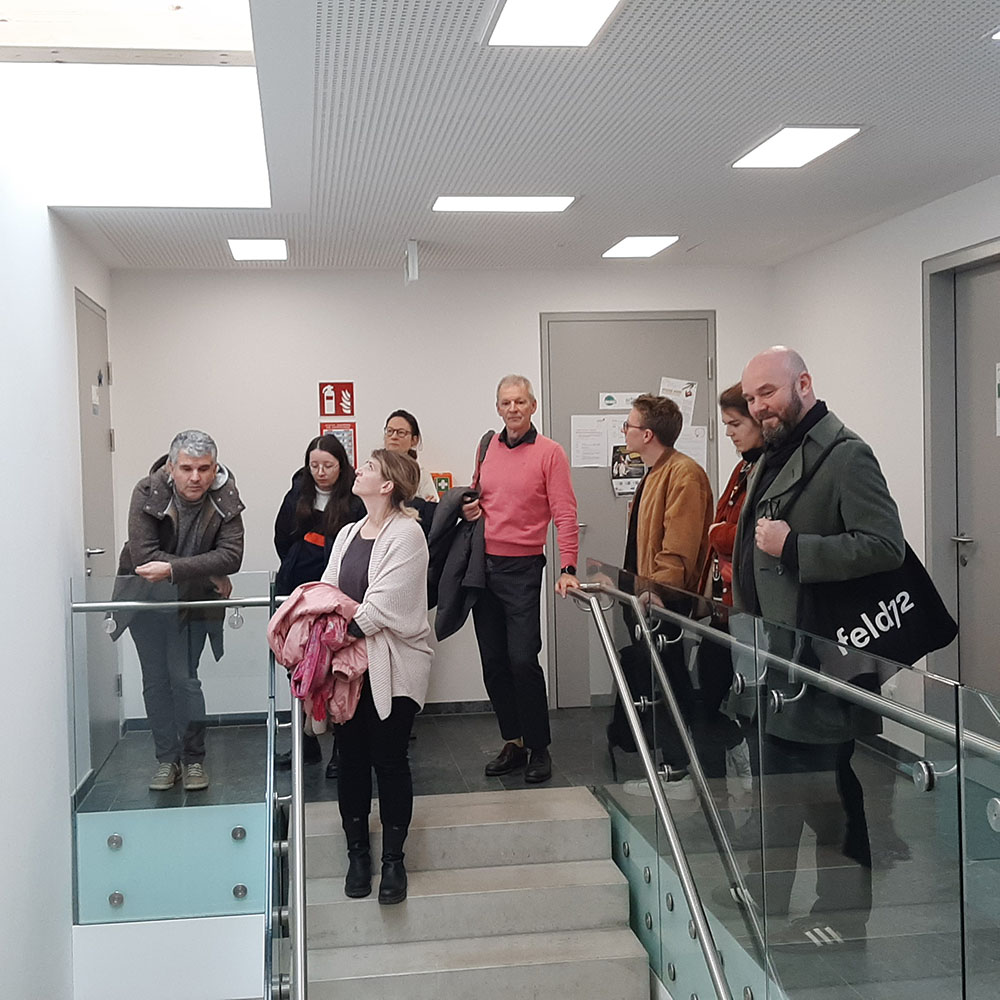
The research team on an excursion to the House of Learning. The staircase is made of concrete, but floors and walls are cross laminated timber. Foto: Vis-à-Wien
So much for the theory. How does that work in practice? To study that, we visited the House of Learning (Haus des Lernens) in St. Pölten where the architect (Martin Aichholzer of MAGK) showed us around.
There will be a German blogpost about the excursion soon with more background. The main lesson we learned there was to think about the choice of materials and not just apply the usual. The elevator shaft in our building will be made of concrete in our building, but here it was made of wood. Walls were plastered with mud and insulated with straw. Careful detailing assured that no humidity problems could occur.
When looking at this building it seemed that applying bio based materials is especially a matter of consciousness and will. In addition, our system has not developed norms or prefabricated products around these materials. Now that the climate crisis forces us to look at alternatives, new applications for old techniques and materials are much needed.

The Haus des Lernens was built primarily using wood, straw and mud. It won many prizes. Foto: Vis-à-Wien
Excursion Key data:
Date: 21.11.2022
Location: Haus des Lernens, Sankt Pölten
Guides/Experts: Martin Aichholzer, MAGK ARCHITEKTEN





